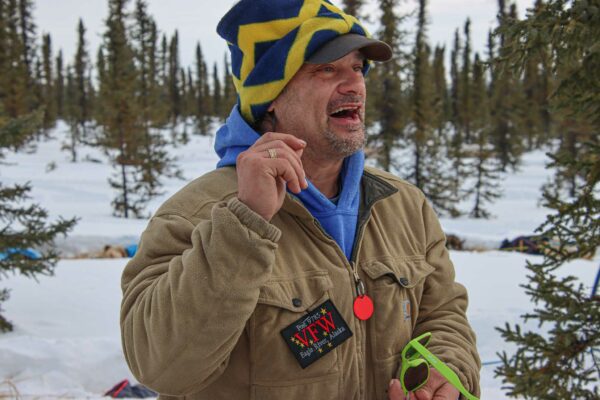
CRIPPLE — Veteran musher Hugh Neff was cheerful Thursday afternoon as he checked on his dogs during his 24-hour rest at the remote camp checkpoint here.
Surrounded by spruce trees that sheltered mushers from a northwest wind, Neff said he enjoyed the camaraderie and conversation of the other mushers also stopped: Brent Sass, Ryan Redington and father-son duo Mitch and Dallas Seavey. But Neff said he let them do most of the talking.
“I know with mushers, usually what’s coming out of their mouths is half-truths and soliloquies,” he said with a smile.
The five top mushers who overlapped in Cripple all described friendly conversation in the plywood mushers’ bunkhouse, reminiscing about old races and bragging about their dogs. Bags under mushers’ eyes had subsided somewhat and they happily chatted with a few visiting reporters.
Their 24-hour stop punctuated four straight days of racing.
Listen to this story:
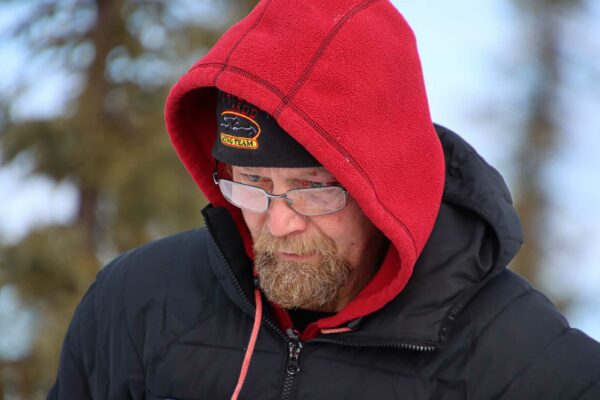
Even with the light-hearted atmosphere, mushers were still working diligently to keep their dogs in top shape — massaging sore muscles and dishing out bowls of meaty broth.
“These guys here are world-class mushers, they’re all doing the same thing. They’re running their teams to the best their teams can,” said Ryan Redington as he prepared a meal for his dogs after a six-hour nap. “I intend to do the same.”
So far, he said, his dogs were eating well and didn’t have any serious injuries he was concerned with. He looked forward to making it to Unalakleet, almost 300 more miles down the trail. He has family there.
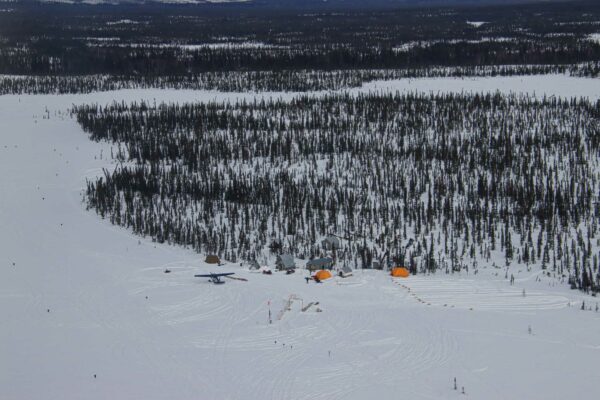
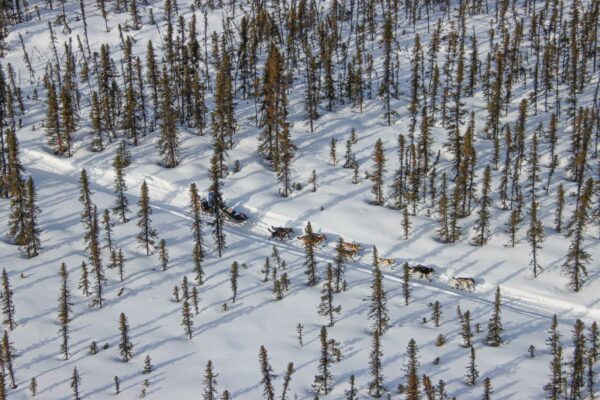
Brent Sass, the first to leave the Cripple checkpoint late Thursday afternoon, said he was happy with how his team was running, but had one minor concern.
“They could be eating a little better,” he said. “They’re eating enough and they’re eating their food, but I’d like to see a team get up and chow down.”
Sass said he’s focused on running his own race, and pointed to a tattoo on his forearm that reminds him to do just that. Sass said he’s learned his lessons from prior Iditarods, when he went too hard on the first two-thirds of the trail.
“I feel like that is a thing of the past. I have no anxiety about that at all,” he said.
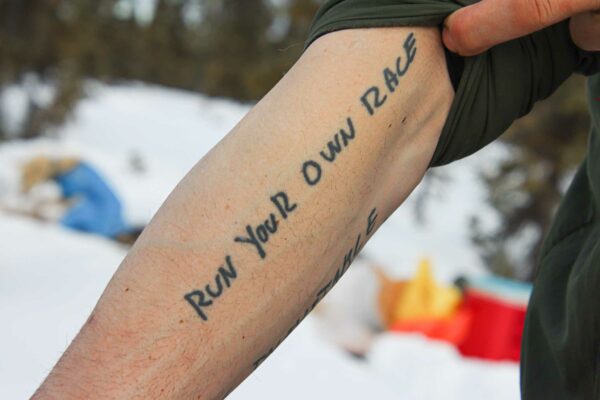
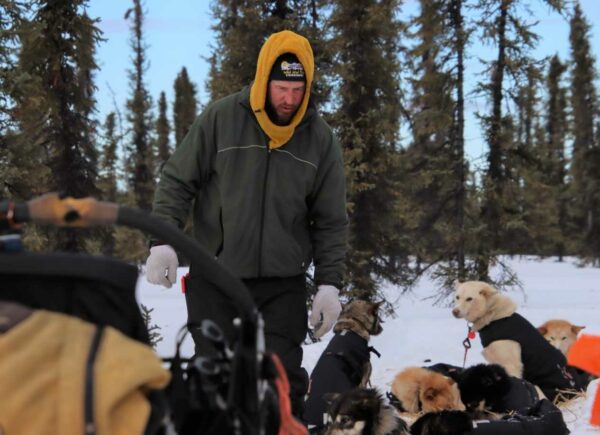
Nearby Dallas Seavey also had some worries about his dogs. Because of the deep snow and a minor illness running through his team, he said, he’d been carrying dogs in a tow sled, which drags behind the sled he steers. It’s a way to rest the dogs while going down the trail, like a bench for a basketball team.
“We’ve definitely been off our normal pace,” he said. “I think that if we get over this (illness), they’ll be ready to rock and roll. This is still one heck of a dog team.”
He spent a lot of the daylong break giving the team some extra attention.
“I did get some sleep — maybe not as much as I would generally like on the 24,” he said. “Some people can really snore out here.”
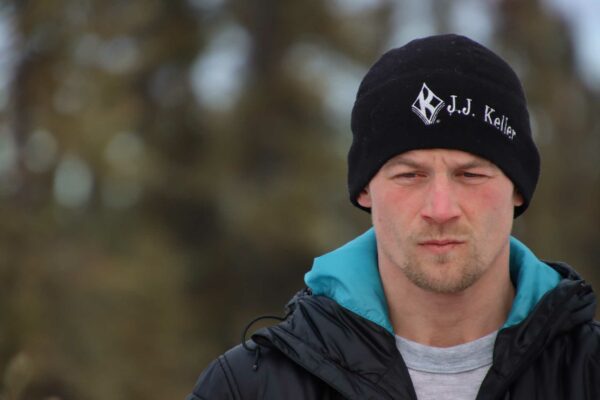
Seavey said this year’s race, where he’s vying for a record-setting 6th Iditarod win, could be his last.
He said that hasn’t caused any added pressure.
“I want this race to be a fun one,” he said. “And when we walk away from it, I don’t want to be frustrated or think that we should have done things differently.”
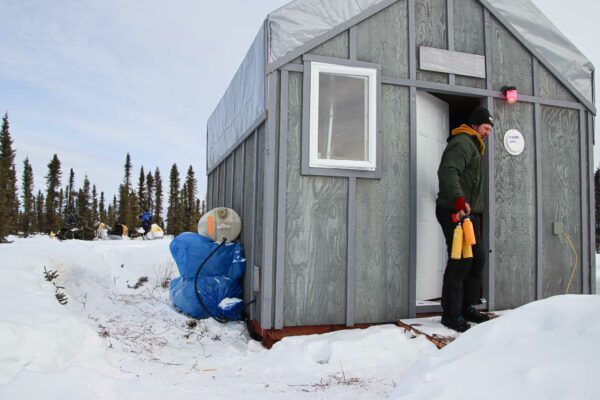
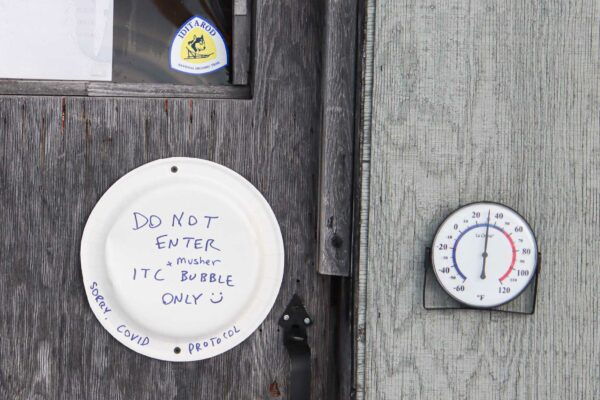

[Check out more Iditarod coverage here and sign up four our new daily Iditarod newsletter here.]
Lex Treinen is covering the state Legislature for Alaska Public Media. Reach him at ltreinen@gmail.com.





